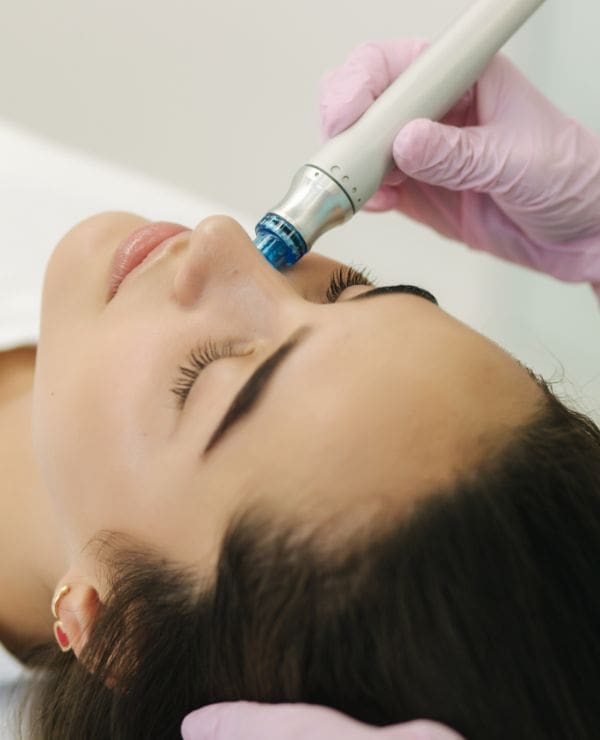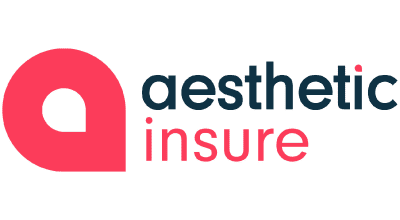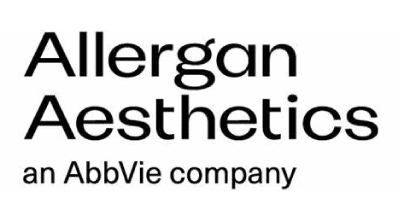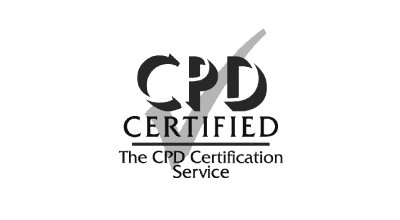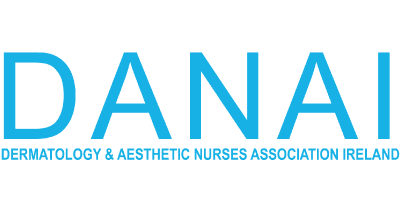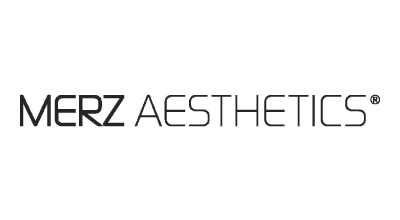As the field of aesthetic medicine continues to expand and grow, more medical and healthcare professionals are considering transitioning into the industry more than ever. However, taking the leap into aesthetics can initially feel daunting, especially with limited experience. Gaining quality medical aesthetic training is key, with an increasing number of training providers available in both the UK and Ireland, choosing the right one is essential.
Here are some key tips for medical and healthcare professionals who are exploring the route into the medical aesthetics industry.
Find a Community
The first step in entering aesthetics is finding a community of aesthetic practitioners to gain valuable insight into the current requirements and regulations within medical aesthetics
This can be achieved by followed groups such as DANAI -Dermatology Aesthetic Nurses Association Ireland, UK groups such as Save face, the JCCP.- the Joint Council for Cosmetic Practitioners. Following individuals online such as Gillian Murray, Dr Tim Pearce, Julie Bass Kaplan, Rana Kennelly, Dr Christin Subbio, there is a wide community of medical aesthetic educators on the online space providing invaluable insight into the industry.
Mainly such as Gillian Murray, Rana Kennelly, Mike Clague and Julie Bass Kaplan who are each exceptional educators provide online Patreon services.
Find a reputable Training Provider
Gaining a solid understanding of current aesthetic treatments and most importantly thorough education on anatomy, assessment, dosing, technique and consultation approaches is critical. The most effective way to learn is through in person training courses. With so many courses available, it can be hard to choose the right one. To ensure a valuable learning experience, look for courses that:
• Are run by experienced medical and healthcare aesthetic practitioners
• Provide accreditation such as CPD points from reputable CPD bodies.
• Are recognised by the prominent aesthetic insurance bodies
• Take place in a clinical environment.
• Involve both theoretical and practical components involving live model patients.
• Include a complication management component.
• Offer ongoing support, from clinical questions to business and marketing advice.
Start with Foundation level courses, such as Foundation Botulinum Toxin, Foundation Dermal filler or a combined Foundation Botulinum Toxin and Dermal Filler training course.
Other introductory level courses could be a Skin Boosters training day, Polynucleotides or a Medical Micro-needling + Topical Exosomes training day, these can all be first step training
approaches, once these treatments are mastered delegates can progress to more advanced aesthetic training courses. All Cosmed Academy’s Training Courses can be viewed under the Courses Tab.
Use Quality Products and Equipment
Selecting the right products and equipment is crucial for providing safe and effective treatments for your patients. It’s important to research and choose reputable suppliers. At Cosmed Academy our Clinical Director Anna Gunning is the recognised trainer/ambassador within Ireland for many of the key medical aesthetic companies such as Merz Aesthetics, Medfx, Regen Lab, Crown Aesthetics etc. all of which offer high quality medical grade products and devices. Cosmed Academy provides training using the highest quality products and also provides balanced advice on quality products across all brand ranges, ensuring delegates are knowledgeable on multiple brands.
Patient-Education is Key
Aesthetics is about enhancing a patient’s appearance and boosting their confidence by providing subtle yet effective treatment outcomes.
Educating patients on treatment approaches is vital, patients are most often not familiar on what is the best treatment for them, they are coming to you, the medical professional for advice and guidance, you are the expert that should be educating your patient on treatment options for optimal outcomes. By taking a patient-centred approach, listening to patients concerns, discussing patients needs, educating on treatment options and creating a personalised treatment plan, taking patients on treatment journeys will all build trust and rapport, this is essential for long-term patient relationships.
Focus on Safety
Safety is the highest priority in aesthetics. It’s your responsibility as the treating medical professional to ensure patients understand the risks and benefits of every treatment, and are consented before every procedure. Always perform procedures in a sterile clinical environment, adhering to strict hygiene, health, and safety protocols to minimise complications. Provide post-treatment follow-up care and provide clear succinct after care sheets for your patients to take away.
Become a member of CMAC – the Complications in Medical Aesthetic Collaborative and/or ACE – The Aesthetic Complications Expert Group. (Refer to our ‘Injectable Protocols and Guidelines’ in our free resources section on the website.
Networking and Conferences
Building a network in aesthetics offers invaluable support and insight. Attending industry events and connecting with fellow medical professionals are great ways to network and keep up to date with all latest developments and approaches. Conferences like CCR, CMAC, ACE and FACE are excellent opportunities to expand your knowledge and meet key contacts. Joining professional organisations can also provide further training and collaboration opportunities.
Continuous Learning and Adaptation
The aesthetics industry is ever-evolving with new techniques and technologies. Staying informed through newsletters, journals, and networks will keep you at the forefront of the field.
The Aesthetics Journal is an excellent resource for industry developments. Continuously seeking training, feedback, and constructive criticism will help you grow into a well-rounded aesthetic practitioner.
Starting a career in aesthetics can be both rewarding and fulfilling for medical and healthcare professionals. By following these tips, you can build a strong foundation for success in this dynamic and exciting industry.


